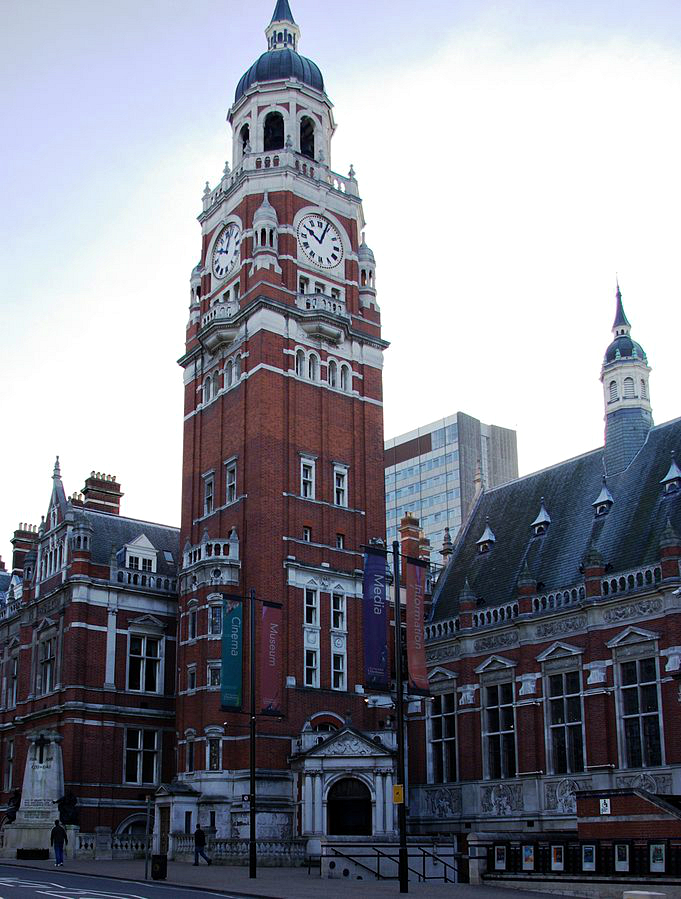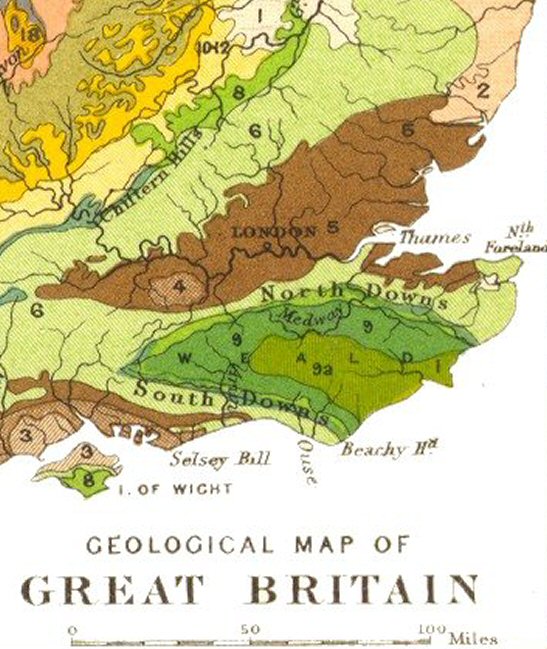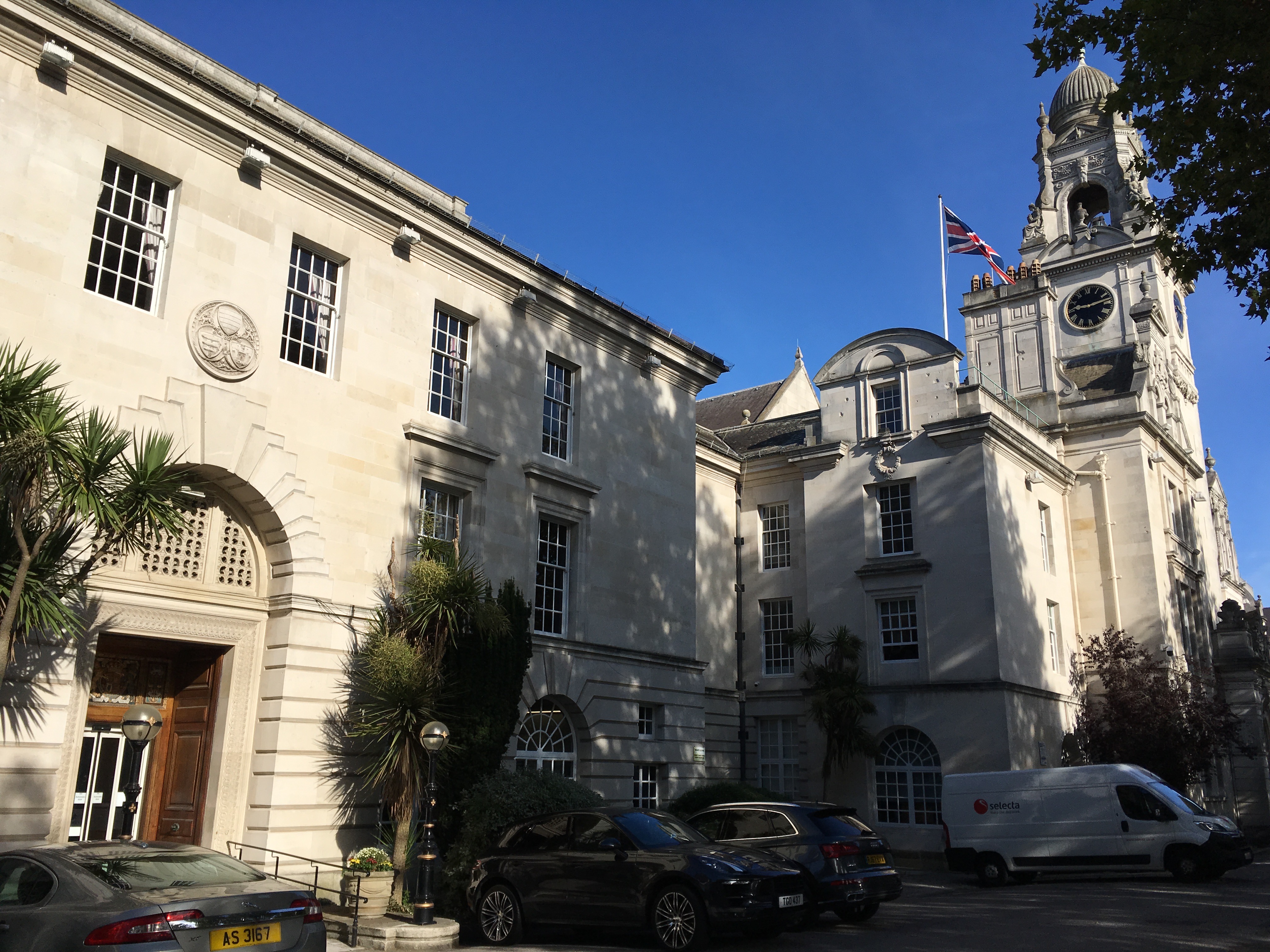|
Reigate Hundred
Reigate was a hundred in the historic county of Surrey, England. It was geographically consonant with the southern two thirds of the current Borough of Reigate and Banstead together with two parishes in Tandridge and fractions of former parishes in the London Borough of Croydon and Borough of Crawley, West Sussex. Accordingly, it included the medieval-established town of Reigate with its motte castle and land which became the towns of Redhill and Horley. Scope The Reigate hundred included the parishes of: Betchworth, Burstow, Buckland, Charlwood, Chipstead, Gatton, Horley, Leigh, Merstham, Nutfield and Reigate. In the Domesday Book of 1086, the hundred was known as ''Cherchefelle'', comprised 222 households and included Reigate, the Nutfields, Buckland, the Mersthams, Chipstead, Gatton and Worth; in 1199 it became known as ''Reigate''. Demise The Hundred never had a significant administrative roles which were carried out by various urban and rural sanitary districts alongs ... [...More Info...] [...Related Items...] OR: [Wikipedia] [Google] [Baidu] |
Hundred (county Division)
A hundred is an administrative division that is geographically part of a larger region. It was formerly used in England, Wales, some parts of the United States, Denmark, Sweden, Finland, Norway, and in Cumberland County in the British Colony of New South Wales. It is still used in other places, including in Australia (in South Australia and the Northern Territory). Other terms for the hundred in English and other languages include '' wapentake'', ''herred'' (Danish and Bokmål Norwegian), ''herad'' ( Nynorsk Norwegian), ''härad'' or ''hundare'' (Swedish), ''Harde'' (German), ''hiird'' ( North Frisian), ''kihlakunta'' (Finnish), and '' cantref'' (Welsh). In Ireland, a similar subdivision of counties is referred to as a barony, and a hundred is a subdivision of a particularly large townland (most townlands are not divided into hundreds). Etymology The origin of the division of counties into hundreds is described by the ''Oxford English Dictionary'' (''OED'') as "exceedingly ... [...More Info...] [...Related Items...] OR: [Wikipedia] [Google] [Baidu] |
Domesday Book
Domesday Book ( ; the Middle English spelling of "Doomsday Book") is a manuscript record of the Great Survey of much of England and parts of Wales completed in 1086 at the behest of William the Conqueror. The manuscript was originally known by the Latin name , meaning "Book of Winchester, Hampshire, Winchester", where it was originally kept in the royal treasury. The ''Anglo-Saxon Chronicle'' states that in 1085 the king sent his agents to survey every shire in England, to list his holdings and dues owed to him. Written in Medieval Latin, it was Scribal abbreviation, highly abbreviated and included some vernacular native terms without Latin equivalents. The survey's main purpose was to record the annual value of every piece of landed property to its lord, and the resources in land, labour force, and livestock from which the value derived. The name "Domesday Book" came into use in the 12th century. Richard FitzNeal wrote in the ( 1179) that the book was so called because its de ... [...More Info...] [...Related Items...] OR: [Wikipedia] [Google] [Baidu] |
London Borough Of Croydon
The London Borough of Croydon () is a London borough, borough in South London, part of Outer London. It covers an area of and had a population of 397,741 as of mid-2023, making it the most populous London borough. It is London's southernmost borough. At its centre is the town of Croydon, from which the borough takes its name, while other Urban area, urban centres include Thornton Heath, Coulsdon, Purley, London, Purley, South Norwood, Norbury, New Addington, and Selsdon. Croydon is mentioned in the Domesday Book, and developed from a small market town into one of the most populous towns on the outskirts of London. The borough is now a significant business and cultural centre outside central London. Its contributions to entertainment and the arts have helped it gain recognition as a Metropolitan area, metropolitan centre. The borough was formed in 1965 from the merger of the County Borough of Croydon with Coulsdon and Purley Urban District, both of which had been in Surrey. Th ... [...More Info...] [...Related Items...] OR: [Wikipedia] [Google] [Baidu] |
North Downs
The North Downs are a ridge of chalk hills in south east England that stretch from Farnham in Surrey to the White Cliffs of Dover in Kent. Much of the North Downs comprises two Area of Outstanding Natural Beauty, Areas of Outstanding Natural Beauty (AONBs): the Surrey Hills AONB, Surrey Hills and the Kent Downs AONB, Kent Downs. The North Downs Way National Trail runs along the North Downs from Farnham to Dover. The highest point in the North Downs is Botley Hill, Surrey ( above sea level). The ''County Top'' of Kent is Betsom's Hill ( above sea level), which is less than 1 km from Westerham Heights, Bromley, the highest point in Greater London at an elevation of . Etymology 'Downs' is from Old English ''dun'', meaning, amongst other things, "hill". The word acquired the sense of "elevated rolling grassland" around the 14th century. The name contains "North" to distinguish them from a similar range of hills – the South Downs – which runs roughly parallel to them but s ... [...More Info...] [...Related Items...] OR: [Wikipedia] [Google] [Baidu] |
Greater London
Greater London is an administrative area in England, coterminous with the London region, containing most of the continuous urban area of London. It contains 33 local government districts: the 32 London boroughs, which form a Ceremonial counties of England, ceremonial county also called Greater London, and the City of London. The Greater London Authority is responsible for strategic local government across the region, and regular local government is the responsibility of the borough councils and the City of London Corporation. Greater London is bordered by the ceremonial counties of Hertfordshire to the north, Essex to the north-east, Kent to the south-east, Surrey to the south, and Berkshire and Buckinghamshire to the west. Greater London has a land area of and had an estimated population of in . The ceremonial county of Greater London is only slightly smaller, with an area of and a population of in . The area is almost entirely urbanised and contains the majority of the ... [...More Info...] [...Related Items...] OR: [Wikipedia] [Google] [Baidu] |
Coulsdon
Coulsdon (, traditionally pronounced ) is a town in south London, England, within the London Borough of Croydon. Coulsdon was an ancient parish in the county of Surrey that included the settlements of Purley and Kenley. It was merged with Sanderstead in 1915 to form the Coulsdon and Purley Urban District and has formed part of Greater London since 1965. History The location forms part of the North Downs. The hills contain chalk and flint. A few dry valleys with natural underground drainage merge and connect to the main headwater of the River Wandle, as a winterbourne (stream), so commonly called "the Bourne". Although this breaks onto the level of a few streets when the water table is exceptionally high, the soil is generally dry. The depression and wind gap was a natural route across the Downs for early populations. Fossil records exist from the Pleistocene period (about 4,000,000 years ago). There is evidence of human occupation from the Neolithic period, Iron Age,Volume ... [...More Info...] [...Related Items...] OR: [Wikipedia] [Google] [Baidu] |
West Sussex
West Sussex is a Ceremonial counties of England, ceremonial county in South East England. It is bordered by Surrey to the north, East Sussex to the east, the English Channel to the south, and Hampshire to the west. The largest settlement is Crawley, and the county town is the city of Chichester. The county has a land area of and a population of . Along the south coast is a near-continuous urban area which includes the towns of Bognor Regis (63,855), Littlehampton (55,706), and Worthing (111,338); the latter two are part of the Brighton and Hove built-up area, which extends into East Sussex and has a total population of 474,485. The interior of the county is generally rural; the largest towns are Crawley (118,493) and Horsham (50,934), both located in the north-east; Chichester is in the south-west and has a population of 26,795. West Sussex contains seven local government Non-metropolitan district, districts, which are part of a two-tier non-metropolitan county administered by ... [...More Info...] [...Related Items...] OR: [Wikipedia] [Google] [Baidu] |
Gatwick Airport
Gatwick Airport , also known as London Gatwick Airport (), is the Airports of London, secondary international airport serving London, West Sussex and Surrey. It is located near Crawley in West Sussex, south of Central London. In 2024, Gatwick was the second-busiest airport by List of busiest airports in the United Kingdom, total passenger traffic in the UK, after Heathrow Airport, and was the List of the busiest airports in Europe, 10th-busiest in Europe by total passenger traffic. It covers a total area of . Gatwick opened as an aerodrome in the late 1920s; it has been in use for commercial flights since 1933. The airport has two terminals, the North Terminal and the South Terminal, which cover areas of and respectively. It operates as a single-runway airport, using a main runway with a length of . A secondary runway is available but, due to its proximity to the main runway, can only be used if the main runway is not in use. In 2018, 46.1 million passengers passed thr ... [...More Info...] [...Related Items...] OR: [Wikipedia] [Google] [Baidu] |
Surrey County Council
Surrey County Council is the county council for the non-metropolitan county of Surrey, England. The council is composed of 81 elected councillors, and in all but one election since 1974 the Conservative Party has held the majority. The leader of the council is Tim Oliver. History Elected county councils were created in 1889 under the Local Government Act 1888, taking over many administrative functions which had been performed by unelected magistrates at the quarter sessions. In Surrey's case, most such functions in the north-east of the county had already passed to the Metropolitan Board of Works, which had been established in 1856 to administer the urban area of London. Under the 1888 Act, the Metropolitan Board of Works' area became the new County of London. The then borough of Croydon lay outside the County of London, but was considered large enough to run county-level services and so it was made a county borough. Surrey County Council was elected by and provided services t ... [...More Info...] [...Related Items...] OR: [Wikipedia] [Google] [Baidu] |
Vestry
A vestry was a committee for the local secular and ecclesiastical government of a parish in England, Wales and some English colony, English colonies. At their height, the vestries were the only form of local government in many places and spent nearly one-fifth of the budget of the British government. They were stripped of their secular functions in 1894 (1900 in London) and were abolished in 1921. The term ''vestry'' remains in use outside of England and Wales to refer to the elected governing body and legal representative of a parish church, for example in the Episcopal Church (United States), American and Scottish Episcopal Churches. Etymology The word vestry comes from Norman language, Anglo-Norman vesterie, from Old French ''vestiaire'', ultimately from Latin language, Latin ''vestiarium'' ‘wardrobe’. In a church building a Sacristy, vestry (also known as a sacristy) is a secure room for the storage or religious valuables and for changing into vestments. The vestry m ... [...More Info...] [...Related Items...] OR: [Wikipedia] [Google] [Baidu] |
Manorialism
Manorialism, also known as seigneurialism, the manor system or manorial system, was the method of land ownership (or "Land tenure, tenure") in parts of Europe, notably France and later England, during the Middle Ages. Its defining features included a large, sometimes fortified manor house in which the lord of the manor and his dependants lived and administered a rural estate, and a population of labourers or Serfdom, serfs who worked the surrounding land to support themselves and the lord. These labourers fulfilled their obligations with labour time or in-kind produce at first, and later by cash payment as commercial activity increased. Manorialism was part of the Feudalism, feudal system. Manorialism originated in the Roman villa system of the Late Roman Empire, and was widely practised in Middle Ages, medieval western Europe and parts of central Europe. An essential element of feudal society, manorialism was slowly replaced by the advent of a money-based market economy and new ... [...More Info...] [...Related Items...] OR: [Wikipedia] [Google] [Baidu] |
Industrial Revolution
The Industrial Revolution, sometimes divided into the First Industrial Revolution and Second Industrial Revolution, was a transitional period of the global economy toward more widespread, efficient and stable manufacturing processes, succeeding the Second Agricultural Revolution. Beginning in Kingdom of Great Britain, Great Britain around 1760, the Industrial Revolution had spread to continental Europe and the United States by about 1840. This transition included going from craft production, hand production methods to machines; new Chemical industry, chemical manufacturing and Puddling (metallurgy), iron production processes; the increasing use of Hydropower, water power and Steam engine, steam power; the development of machine tools; and rise of the mechanisation, mechanised factory system. Output greatly increased, and the result was an unprecedented rise in population and population growth. The textile industry was the first to use modern production methods, and textiles b ... [...More Info...] [...Related Items...] OR: [Wikipedia] [Google] [Baidu] |









